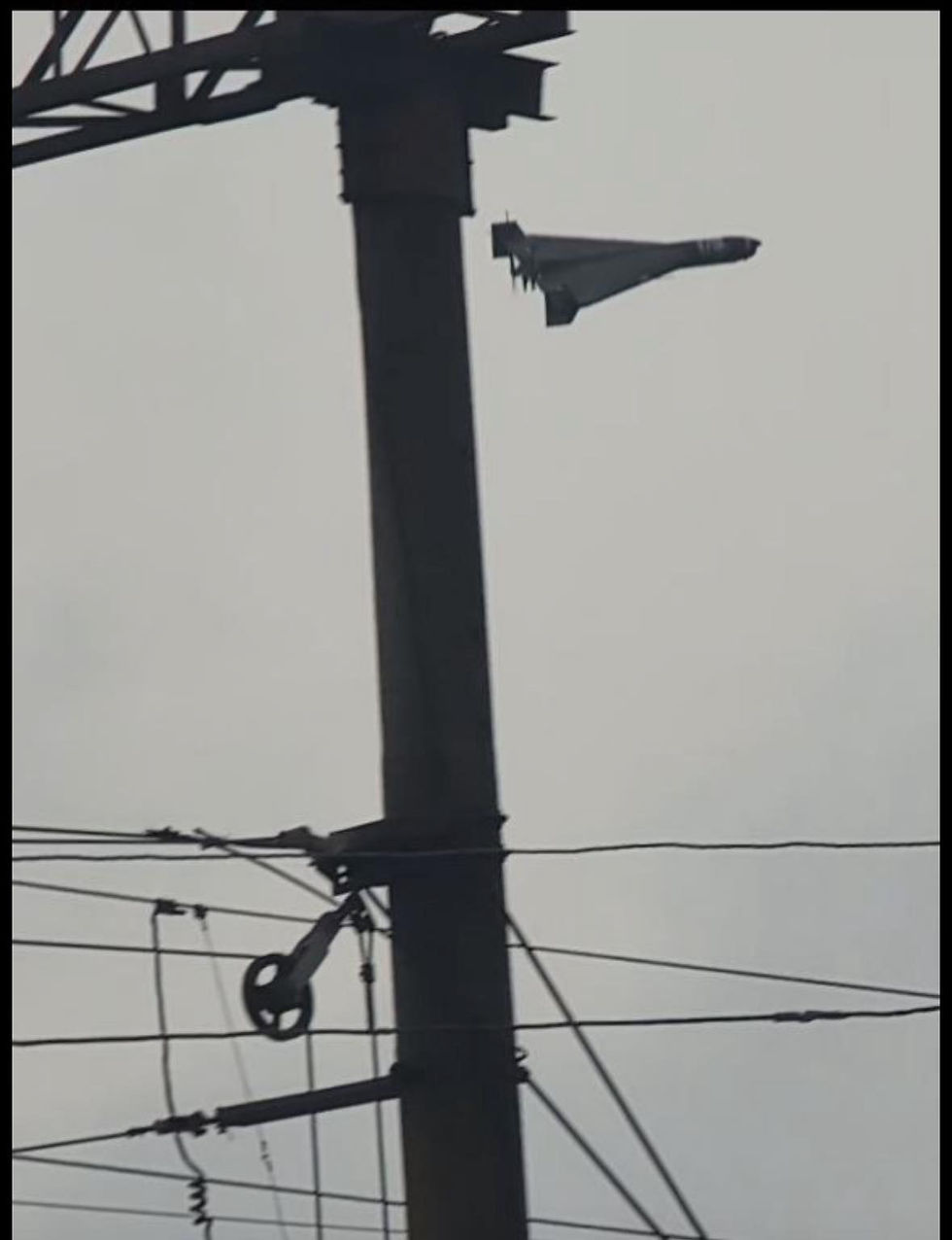China’s Anti-Western Bloc? Not So Fast
- Res Publica

- Sep 10
- 4 min read
A summit of mostly autocratic countries appears a gloomy signal for the West. But there’s a gap between China’s ambition and delivery.

Kremlin Pool/Global Look Press
“I have seen the future and it works,” the American journalist Lincoln Steffens wrote as he watched the Russian revolution unfurl in 1919. Just over a century later, China’s Communist Party is seeking to convey the same message.
The Shanghai Cooperation Organization (SCO) summit in Tianjin from August 31-September 1 was filled with carefully curated images of the post-Western world that China is working to construct.
For the men complaining that they, and their peoples, have been poorly rewarded by the global system, this was a big moment. Photographs captured China’s Xi Jinping, Russia’s Vladimir Putin, and India’s Narendra Modi in a huddle and holding hands. That in itself was enough to send a not-very-friendly message to the United States and its European and Asian allies.
The messaging from the September 3 military parade in Tiananmen Square was far less subtle. As China’s most advanced weaponry rolled across the concrete, Xi, Putin, North Korean leader King Jong Un, and Iran’s President Masoud Pezeshkian (but not India’s Modi) watched on.
It’s reasonable to conclude the imagery was aimed in large part at Washington, and President Trump responded that the attendees were meeting to “conspire against the United States.” Xi talked vaguely, if pointedly, about a choice between peace and war.
The SCO’s “international influence and appeal are increasing day by day,” Xi had said earlier, celebrating what he termed “groundbreaking and historic achievements” in SCO development and cooperation.
After the summit, many participants were due to stay for the parade in Beijing marking the 80th anniversary of the end of World War II.
This was very much a Chinese-led event. Beijing presided over a gathering whose trade ties the economic position of many participants depend. Largely a Chinese creation, the SCO is a testing ground for Beijing’s vision of international relations. China positions itself as an equal to the United States (which was refused observer status in 2005) by arguing that it prioritizes dialogue over confrontation. China seeks to leverage relations with many US opponents, using the SCO and BRICS as vehicles of its influence.
The SCO summit is not a unique phenomenon. It stands alongside BRICS+ summits and the China-Africa Forum. However, the SCO is increasingly depicted by China as part of a new global order, with the Belt and Road Initiative (BRI) and the BRICS as the umbrella global framework, within which the SCO sits as a regional organization. All these groups have overlapping memberships.
China presents the SCO as a means to facilitate cooperation and sustainable development, aligning with the BRI, through which it funds projects in the developing world (which President Biden termed a “debt and noose agreement.”) In terms of diplomatic and security visions, the platform could be used to articulate the Chinese “Global Civilization Initiative” and the “Global Security Initiative”. All of these are used to highlight and juxtapose what is viewed as a Western emphasis on the division of the globe into democracies and autocracies.
So China has a relatively clear vision of what organizations are designed to do and how they can further its global ambitions. But that’s not to say that others necessarily share the same goals.
Others among the nine-member SCO and its 17 observer and “dialogue” member states arrived with very different national priorities, making the often-exaggerated praise of SCO progress a window-dressing device. Take India and Russia, the two biggest members.
India grabbed headlines simply by participating and clearly aimed to use the summit to strengthen its negotiating position over huge tariffs imposed by the US in August. At the same time, Prime Minister Modi’s attendance is a case study in calibrated diplomacy — unlike many others, he will not take part in the military parade on September 3. Moreover, on the eve of his visit to China, Modi undertook a two-day trip to Japan, which perceives the Chinese parade as anti-Japanese.
India remains a member of the Quad, alongside Japan, the US, and Australia. China’s attempts to use the SCO and BRICS as anti-Western blocs or security organizations will therefore be resisted by India, which has a history of bloody border disputes with Beijing. Others, too, are often drawn to the summit not by overarching anti-Western ambition, but by security concerns, such as the fight against terrorism, or energy and transit security.
Russia, which once considered itself a greater or equal power to China, has, since the full-scale invasion of Ukraine, become much more heavily dependent on Chinese imports. Despite the year-on-year increase in bilateral trade, Putin arrived in China against the backdrop of troubling news: bilateral trade volume has markedly declined this year.
Thus, Putin arrived at the summit in the position of supplicant. He may also be wary of the Belt and Road investments in alternative trade routes across Central Asia, which could divert some transport flows away from Russia, as well as expand China’s regional influence at Moscow’s expense. Even so, Russia remains a key supplier of military materiel and training to many Central Asian countries.
The current summit reveals a snapshot of competing agendas, comprising security brokerage in Central Asia and beyond, as well as more ambitious goals for the leadership of what is termed the “Global South”. For now, at least, it is premature to interpret it as either a significant challenge to the Western order or an alliance of authoritarian states.
But that said, the regularity of these SCO summits, the willingness of countries to attend and join, regardless of concrete outcomes, is creating an alternative center of gravity to the West.
However skeptically one may regard the idea of polarity, a pole already exists. This global change has to be taken seriously as it matures. After all, the formation of a unified West in the 19th century took place through analogous summits, albeit of European monarchies.
By Natasha Kuhrt and Evgeny Roshchin. Natasha Kuhrt is a senior lecturer in International Peace & Security in the Department of War Studies at King’s College London. Evgeny Roshchin is a Visiting Scholar at the Henry A. Kissinger Center for Global Affairs at the Johns Hopkins School of Advanced International Studies (SAIS), and a commentator on Russia’s foreign policy and international politics. Article first time published on CEPA web page. Prepared for publication by volunteers from the Res Publica - The Center for Civil Resistance.





Comments